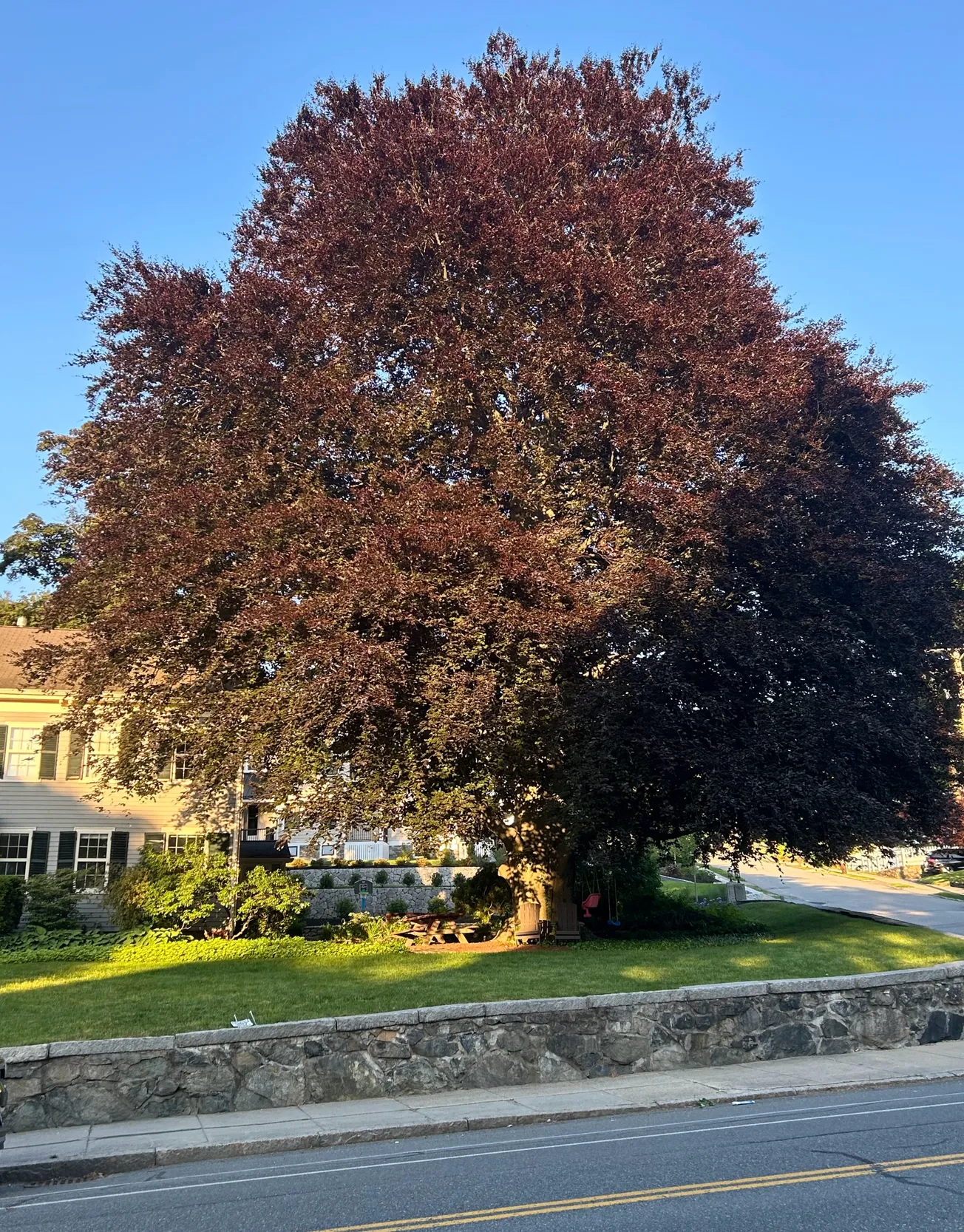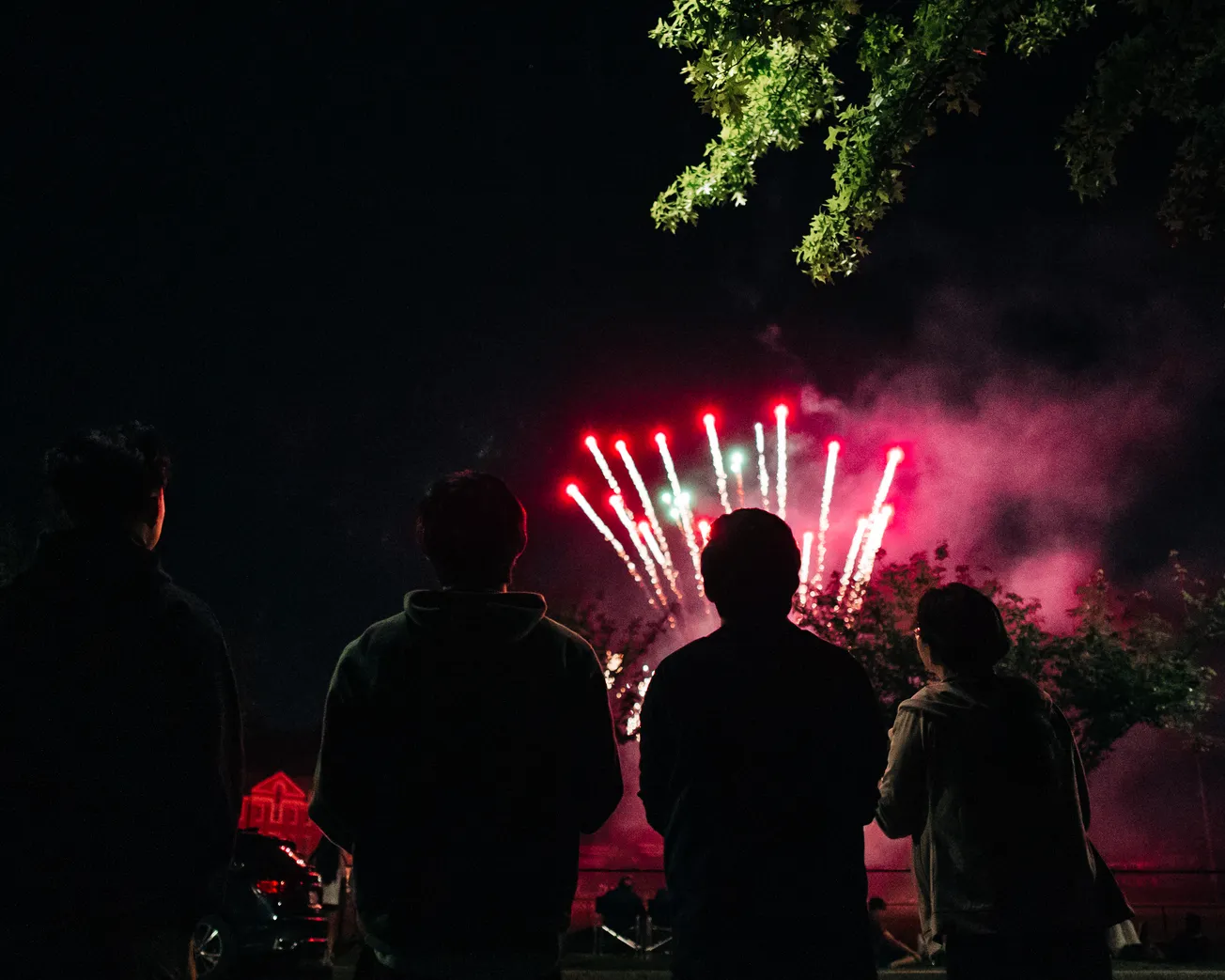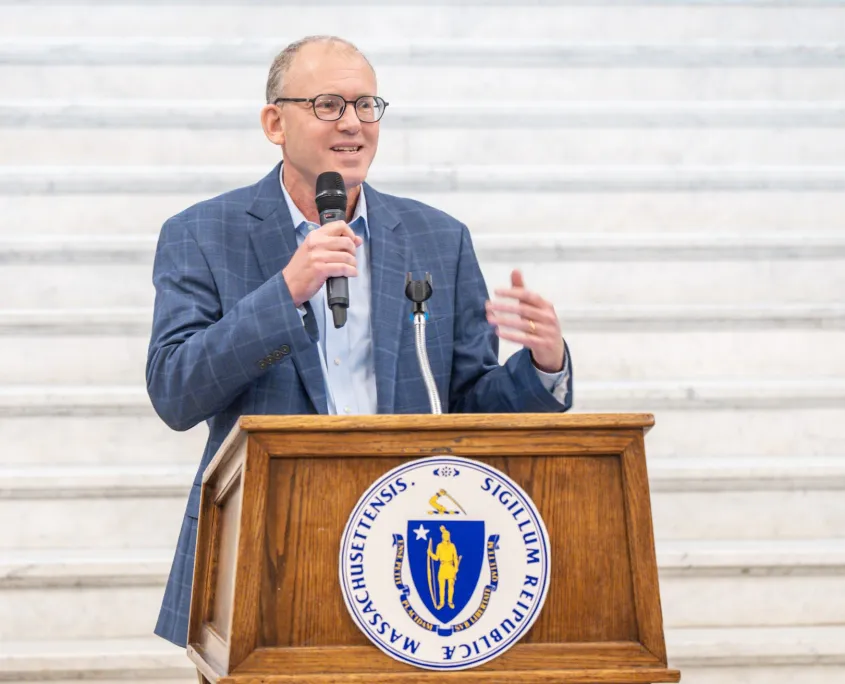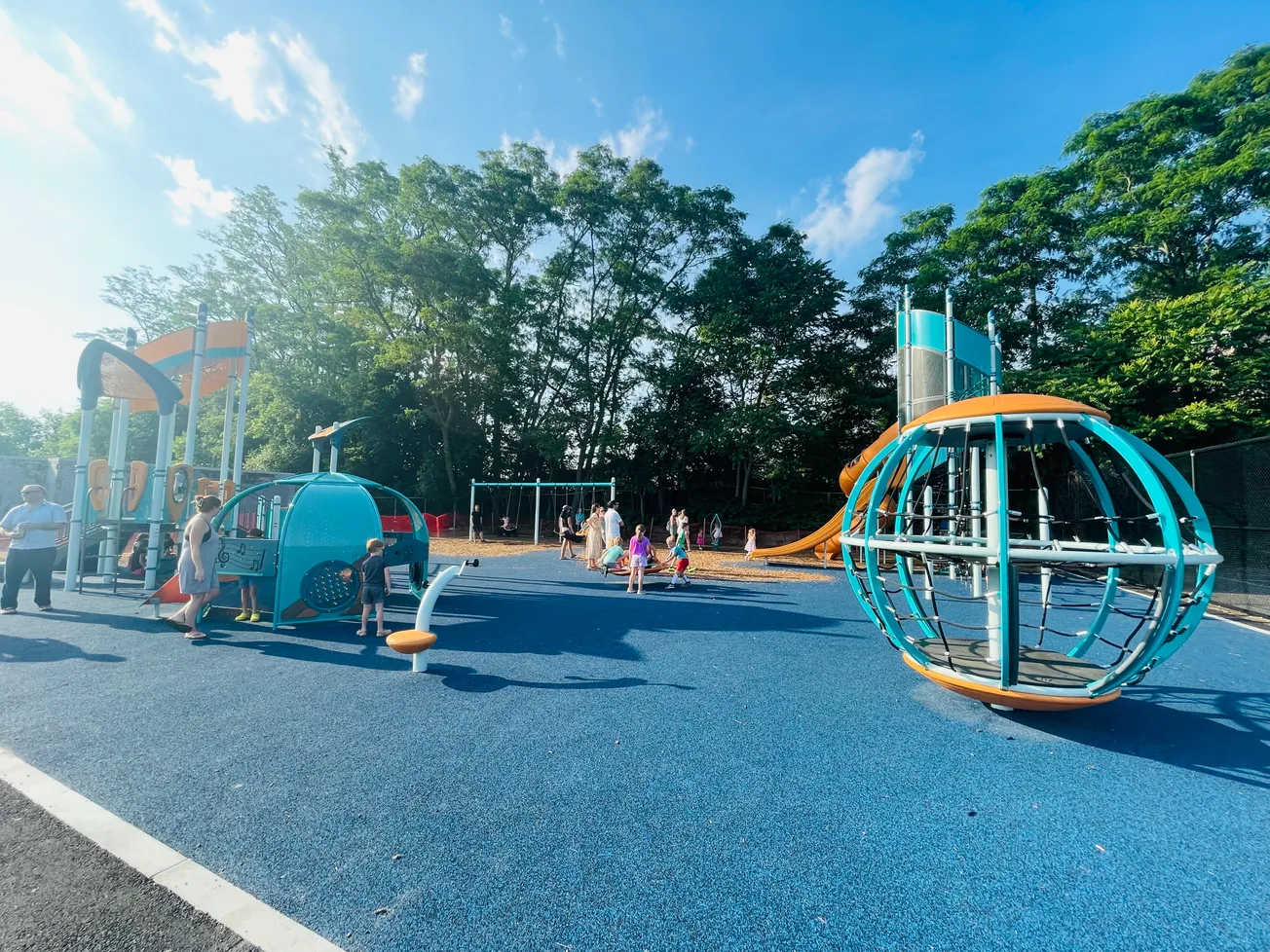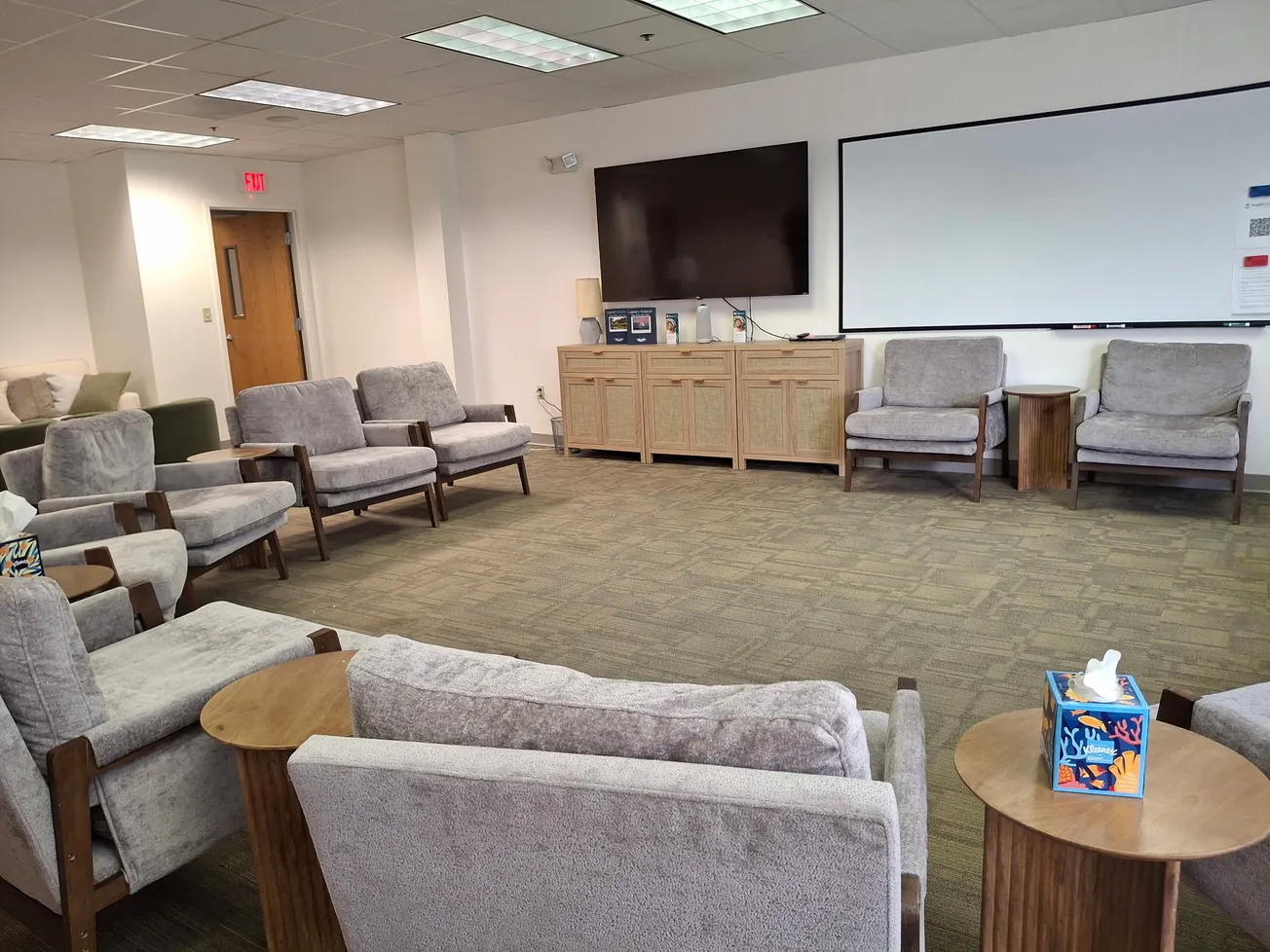Table of Contents
Winchester’s large and graceful Copper Beech trees, sometimes called “Winchester’s signature tree,” are a point of pride for many homeowners. Unfortunately, these beloved trees, along with other varieties of beech tree in Winchester, including American and Oriental Beech, are under immediate threat from Beech Leaf Disease (BLD).
First identified in the United States in 2012 and detected in Massachusetts in 2020, BLD has spread throughout the state. The disease, caused by the nematode Litylenchus crenatae, infiltrates leaf buds, leading to dark bands between veins, curled and shriveled leaves, and a thinning canopy.
Fewer healthy leaves mean less energy is created to be stored and used to create new leaves in spring, leading to a downward spiral that can kill the tree. Without a known cure, infected and untreated trees typically die.
“About half the beech trees we care for in Winchester have it,” said Alden Johnson, Medford district manager and a Massachusetts certified arborist with Barrett Tree Service East. “I suspect it’s widespread in Winchester.”
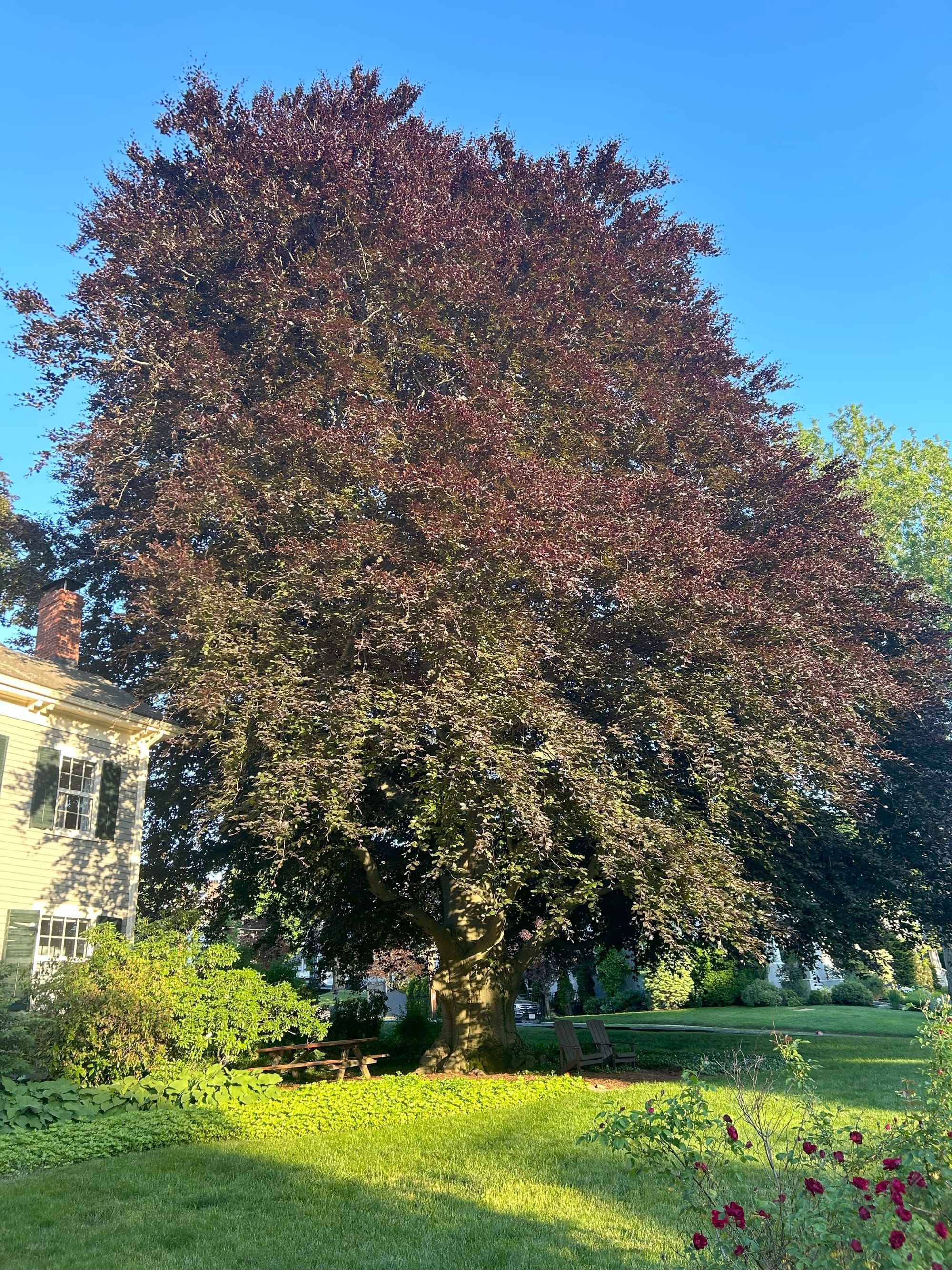
“We anticipate almost every beech tree in Winchester will get BLD, as very few appear resistant,” said Don Gourley, president of Boston Tree Preservation. “This disease attacks the tree’s energy production systems. Without help, most infected trees have a life expectancy of five to seven years.”
Potential BLD solutions are in field trials, but a professionally available cure is years away. Meanwhile, early detection is crucial. Homeowners with beech trees of any kind are urged to contact a licensed arborist, ideally one with a plant health division, for an inspection and if needed, a treatment plan.
“Early detection is important and the only way to know your tree has BLD is visual confirmation,” Gourley said. “We can confirm the presence of beech leaf nematode in our lab before symptoms become fully visible.”
Helping beech trees withstand the disease is the only way to preserve them at this time.
“The information coming out about treatment options is evolving monthly, and approaches are changing as we learn about what’s successful in treating this disease,” said Johnson. “A few different methods have just recently been approved by the state, including a foliar spray and injecting a systemic, and there are other approaches that can boost the tree’s immune response.
“Now is the time to intervene to buy more time for the tree,” Johnson added. “Once we lose these trees that have taken 100 years to grow, we can’t bring them back in our lifetime.”
Caring for the trees is an investment, but it is the only way to protect this valuable and irreplaceable asset.
“For many of our customers, their beech trees were a major reason they purchased their homes, contributing tens of thousands of dollars to property values, as well as the non-monetary benefits,” Gourley said.
“We are the intensive care unit for these trees and are going to keep your tree alive until the cure is available,” he continued. “We’ve been able to reverse the decline in 85% of the large beech trees that are treated with our comprehensive organic approach.”
As a rule, experts recommend homeowners work with an arborist for the long-term health of their trees, and this is now critical for beech tree care. In addition, Winchester homeowners should report suspected BLD cases to the Massachusetts Department of Conservation and Recreation (DCR), which is actively monitoring and managing the disease statewide.
Winchester News is a non-profit organization supported by our community. If you appreciate having local Winchester news, please donate to support our work, and subscribe to our weekly newsletter.

